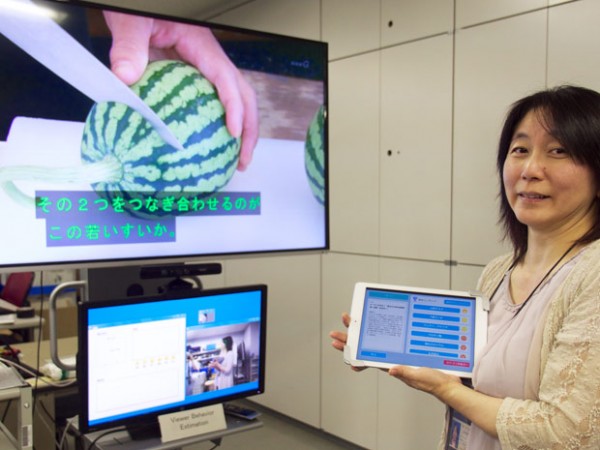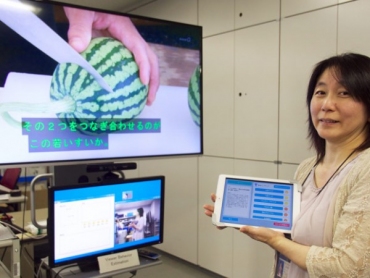With satellite, link, and physical TV stations TV in the hundreds and Internet-based amusement content organizations additionally seeking viewers’ consideration, discovering something to watch is, peculiarly, a developing test.
To help disentangle the errand, specialists at Japan’s open TV and radio telecaster Nippon Hoso Kyokai, otherwise called NHK, plan to start testing innovation to consequently survey continuously a viewer’s enthusiasm toward a TV system or feature and after that propose different projects to watch focused around the results.
To gage what a viewer is intrigued by, NHK’s framework utilizes a Microsoft Kinect movement and profundity sensing information gadget. The Kinect, consolidating Microsoft’s face following programming advancement pack (SDK), bolsters pictures of the perspective to a few programming modules in a PC.
The principal evidence that a viewer is intrigued is that he is really before the TV. So one module, used to sense whether a viewer is available, removes “keypoint” trajectories—measured purposes of the individual developments from an arrangement of feature casings. Around 200 such trajectories can be concentrated from a solitary edge.

Characteristics from the trajectories are changed over into code words and utilized to prepare a machine-learning project to distinguish the vicinity of a viewer.
Two different modules working in parallel individually assess the viewer’s 2-D and 3-D head postures focused around shade and profundity pictures taken by the Kinect. The aftereffects of each of the three modules are then joined to gauge whether the viewer is looking at the screen or not.
“A viewer’s look at the screen is vital for rating a program’s substance,” says Masaki Takahashi, essential exploration build in NHK’s Integrated Broadcast-Broadband Systems Research Division. “Other face-recognition based individual identifiers have a tendency to fizzle when an individual dismisses from the cam. Keypoint trajectory engineering is more suitable in light of the fact that it contains a transiently long haul history of a keypoint.”
Two further modules have as of late been added to perceive outward appearances. One module evaluates the force of six essential interpretations grinning and shock being the best. The other module judges the vicinity or unlucky deficiency of outward appearances by contrasting parameters of skin developments against a picture database of known outward appearances.
In light of the viewer’s evaluated level of investment while seeing a project, essential words are concentrated from the program’s shut inscription message and recorded on a tablet machine together with emoticons speaking to any outward appearances caught at the time. (Around 70 percent of general NHK projects give shut inscribing.)
Decisive words are concentrated from the subtitling utilizing what’s called morphological investigation. “Formal people, places or things like individuals’ names and spot names are great applicants for the viewer’s advantage,” says NHK senior exploration engineer Simon Clippingdale. “We interface them to the Wikipedia database and to the program’s landing page for catch up seeking.
We’re likewise creating a TV program route framework focused around the viewer’s advantage.” The framework utilizes a naturally created TV system outline interfaces a substantial volume of TV shows and Japanese vocabulary utilizing a few sorts of semantic connections.
This would empower a viewer intrigued by the recorded catchphrase “tempura”, for instance, to view a few related words on the tablet, (for example, fixings, restaurants, or local claims to fame) and these thus could give connections to the projects they are semantically connected with.
This fall the gathering will start testing viewers’ enthusiasm toward the first phase of the framework: giving decisive words connections to Wikipedia and the program’s landing page. “We need to perceive how well the framework functions in common homes and what sort of investment clients have,” says Takahashi. “At that point we want to start testing the project route framework.”
A few significant specialized difficulties stay before our TV will recognize what we need to watch better than we do. For one thing, the framework NHK has created so far is for a solitary client just along these lines needs to be stretched out to incorporate an entire gang. A related issue is the way to recognize when a viewer is, for example, appreciating the system or snickering at a buddy’s joke.
At the same time Takahashi is certain these difficulties can all be succeed. “The innovation ought to be prepared for utilization in two to three years,” he says.

